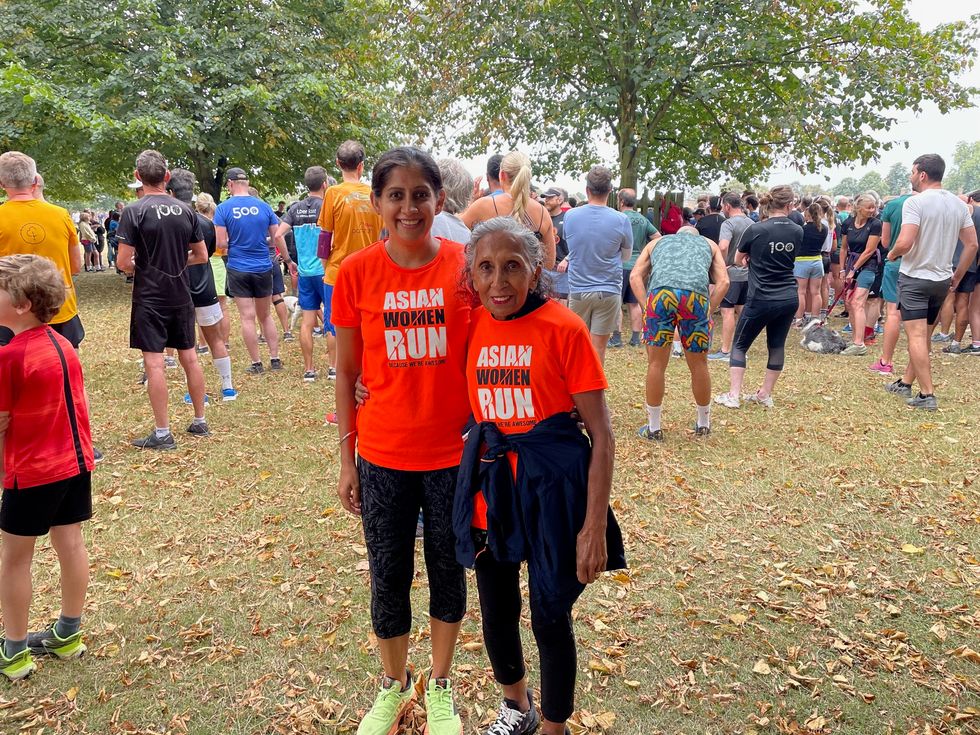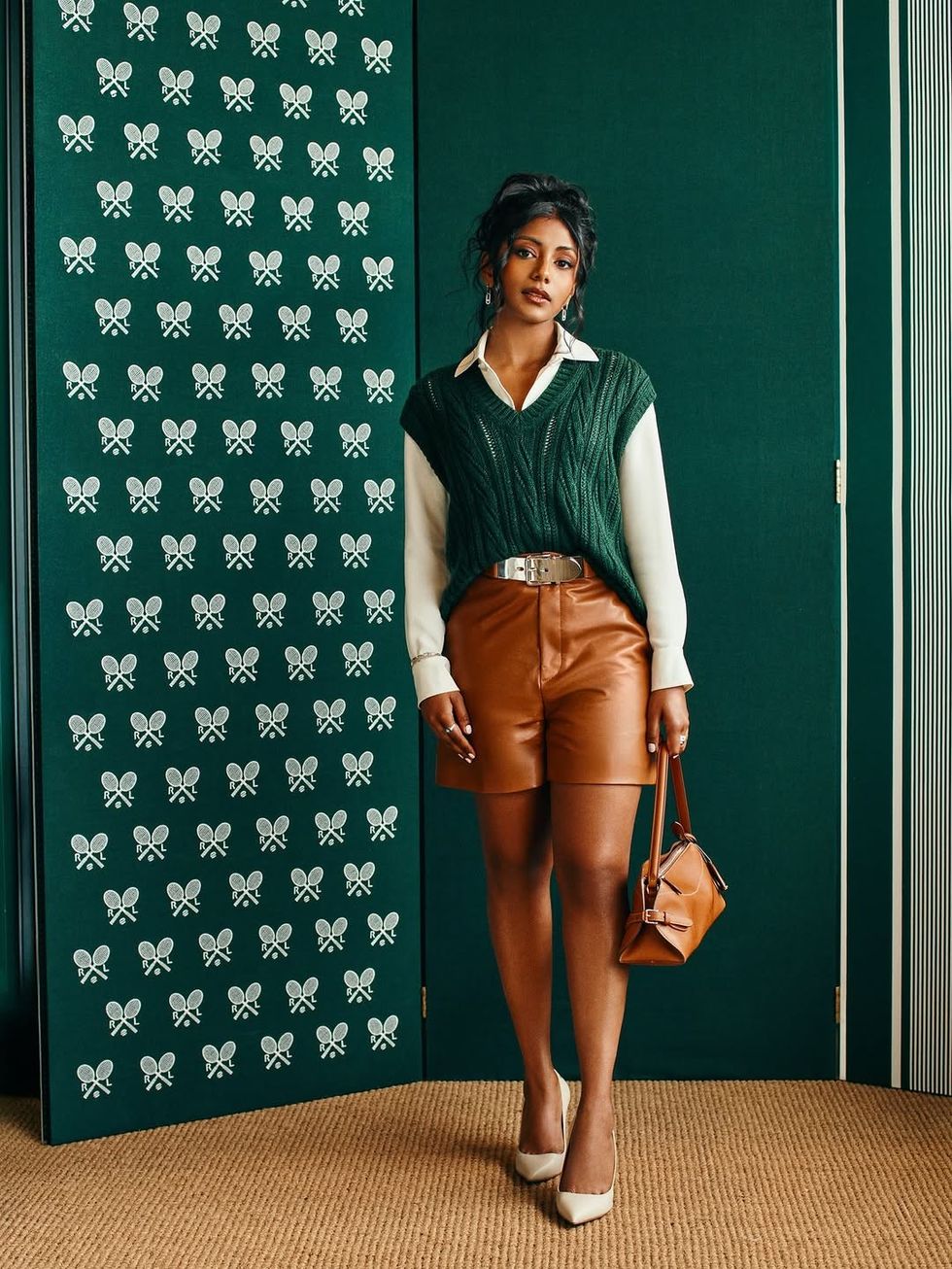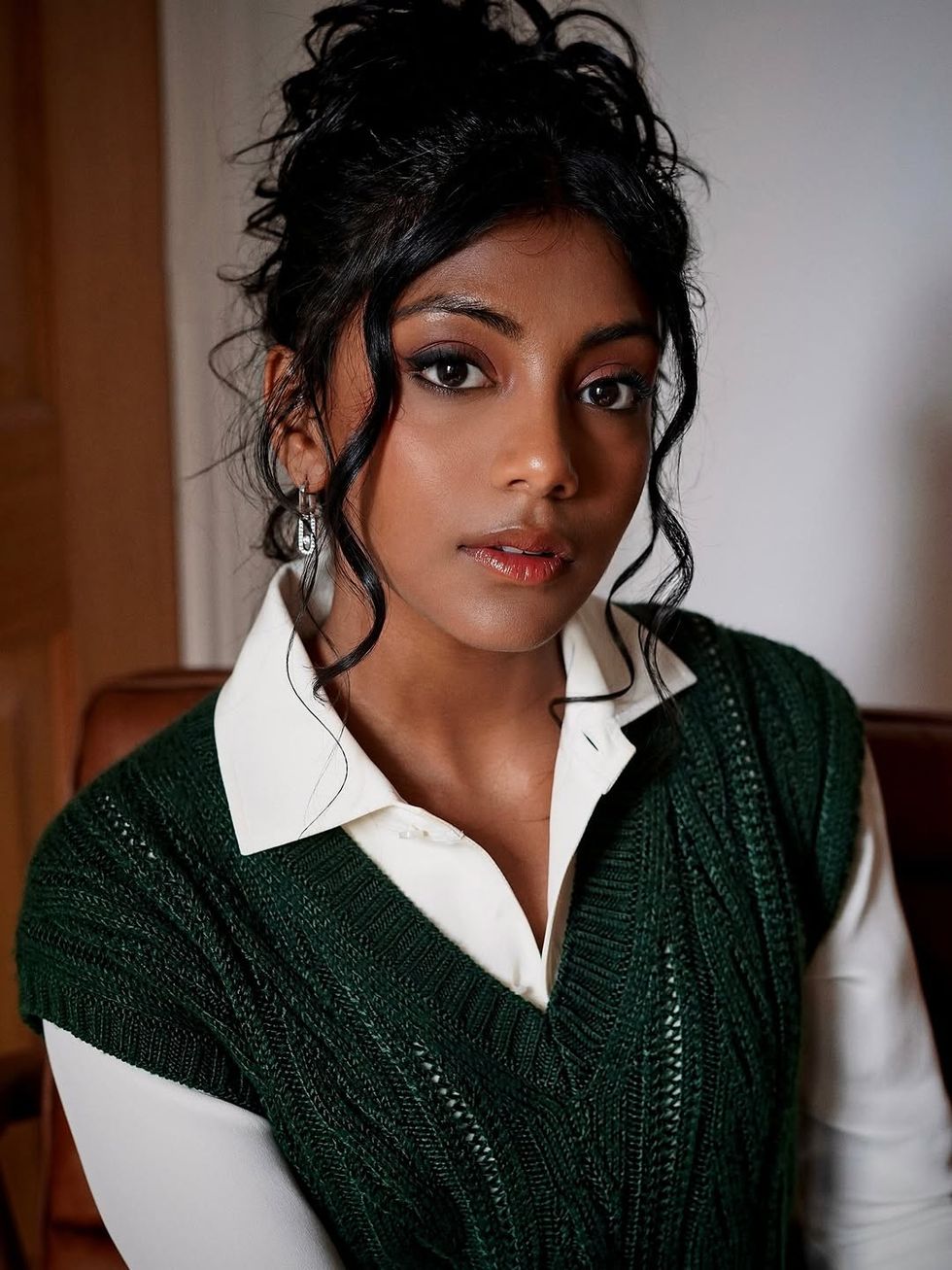A schoolboy from south-west England has become the first person in the world with severe epilepsy to trial a new device fitted in his skull to control seizures.
The neurostimulator, which sends electrical signals deep into his brain, has reduced Oran Knowlson's daytime seizures by 80 per cent.
The surgery was carried out in October at Great Ormond Street Hospital in London when Oran, now 13, was 12.
The surgery was part of a trial in partnership with University College London, King's College Hospital, and the University of Oxford.
His mother, Justine, told the BBC he was happier and had a “much better quality of life.”
She said, “We've seen a big improvement, seizures have reduced and are less severe. He's a lot more chatty, he's more engaged. He's turned 13 and I definitely now have a teenager – he's happy to tell me no. But that adds to his quality of life, when he can express himself better.”
Oran is part of the CADET (Children's Adaptive Deep Brain Stimulation for Epilepsy Trial) project, which is assessing the safety and effectiveness of deep brain stimulation for severe epilepsy.
The Picostim neurostimulator, made by UK company Amber Therapeutics, sits under the skull and sends electrical signals deep into the brain, reducing his daytime seizures.
The CADET pilot will now recruit three additional patients with Lennox-Gastaut syndrome, aiming for a total of 22 patients to take part in a full trial.
(With PTI inputs)


















 Charithra Chandran styled her hair in soft curls for the Ralph Lauren outfitInstagram/
Charithra Chandran styled her hair in soft curls for the Ralph Lauren outfitInstagram/ Charithra’s look was inspired by her character Edwina Sharma from BridgertonInstagram/
Charithra’s look was inspired by her character Edwina Sharma from BridgertonInstagram/
